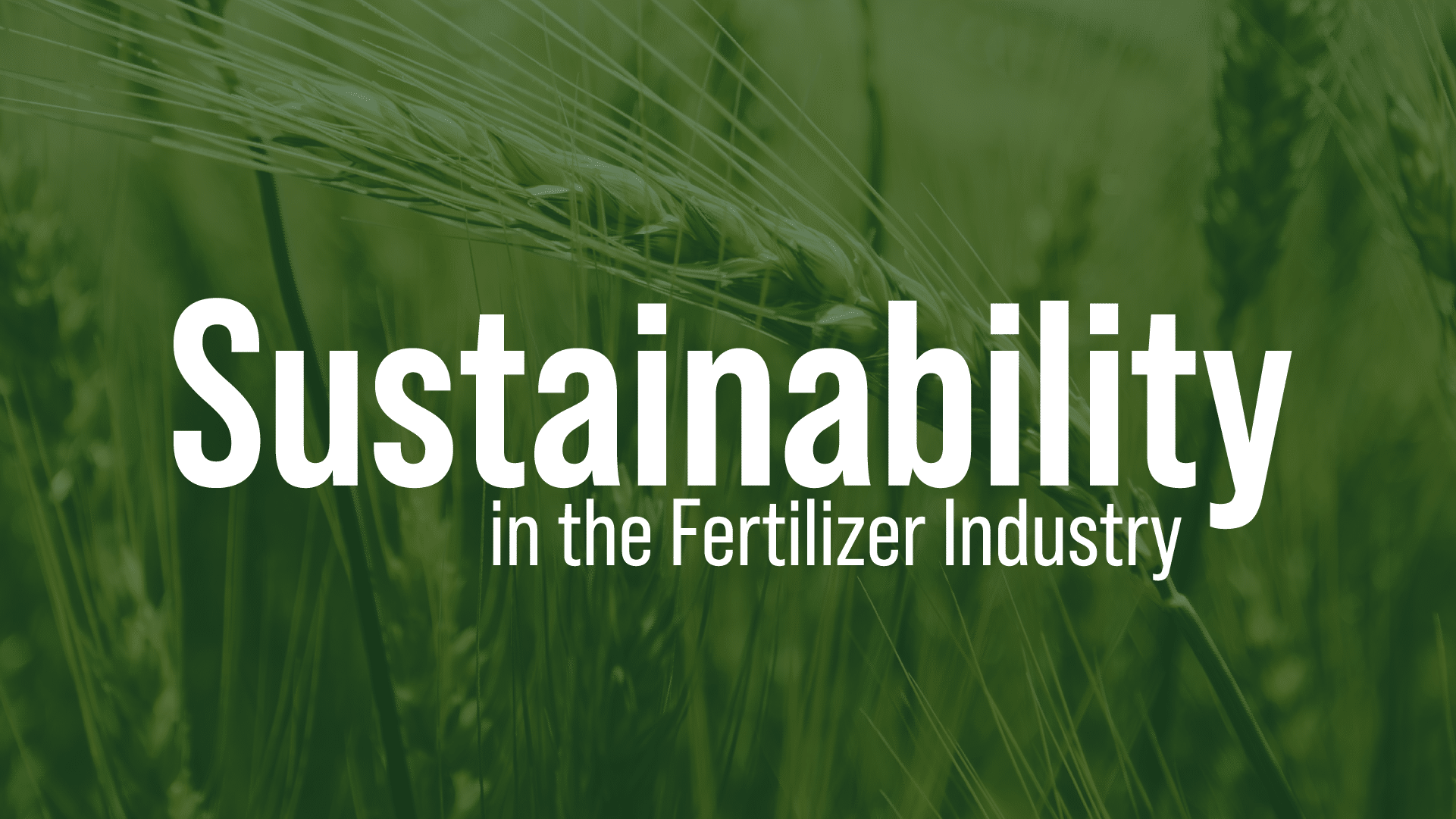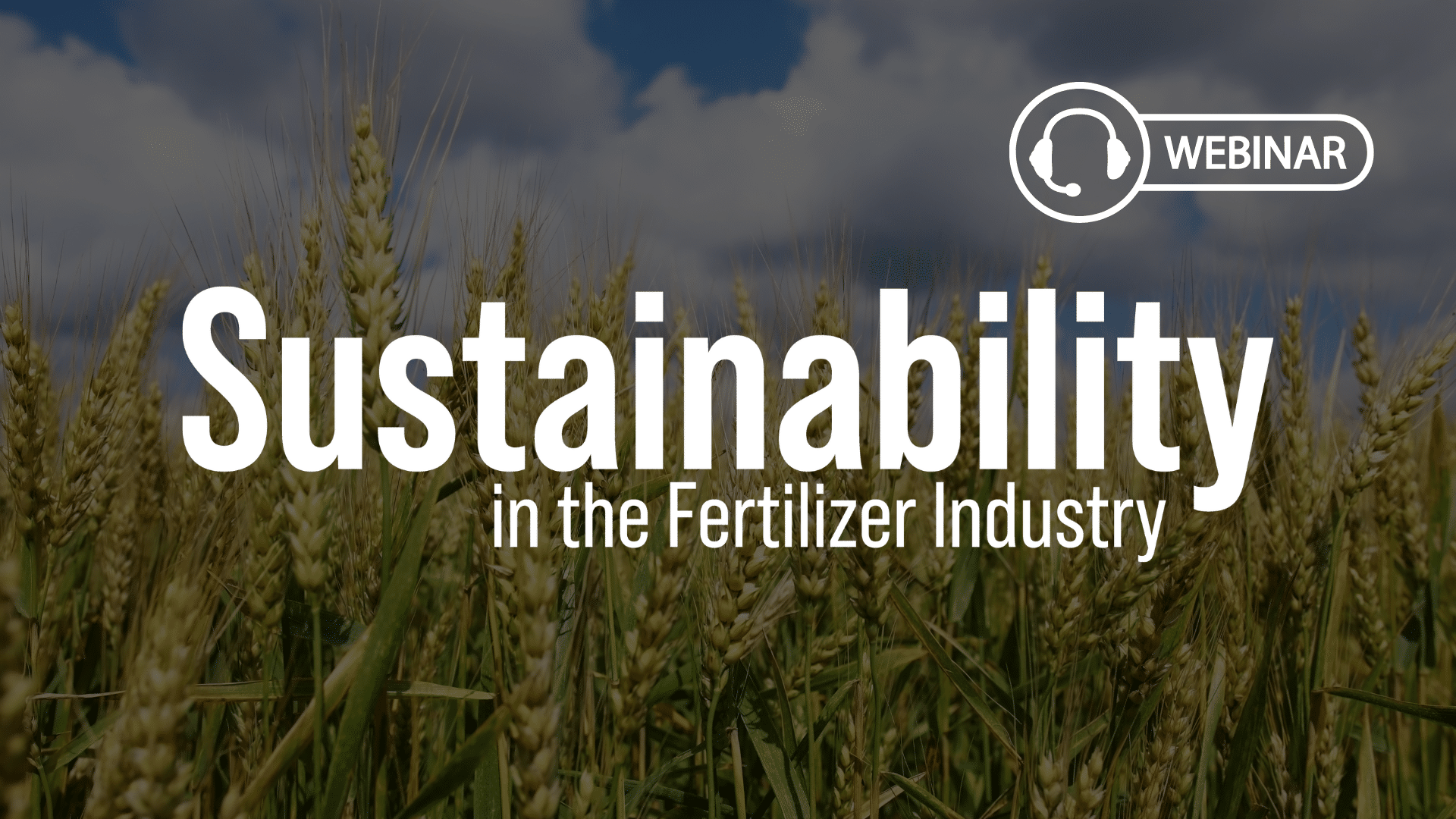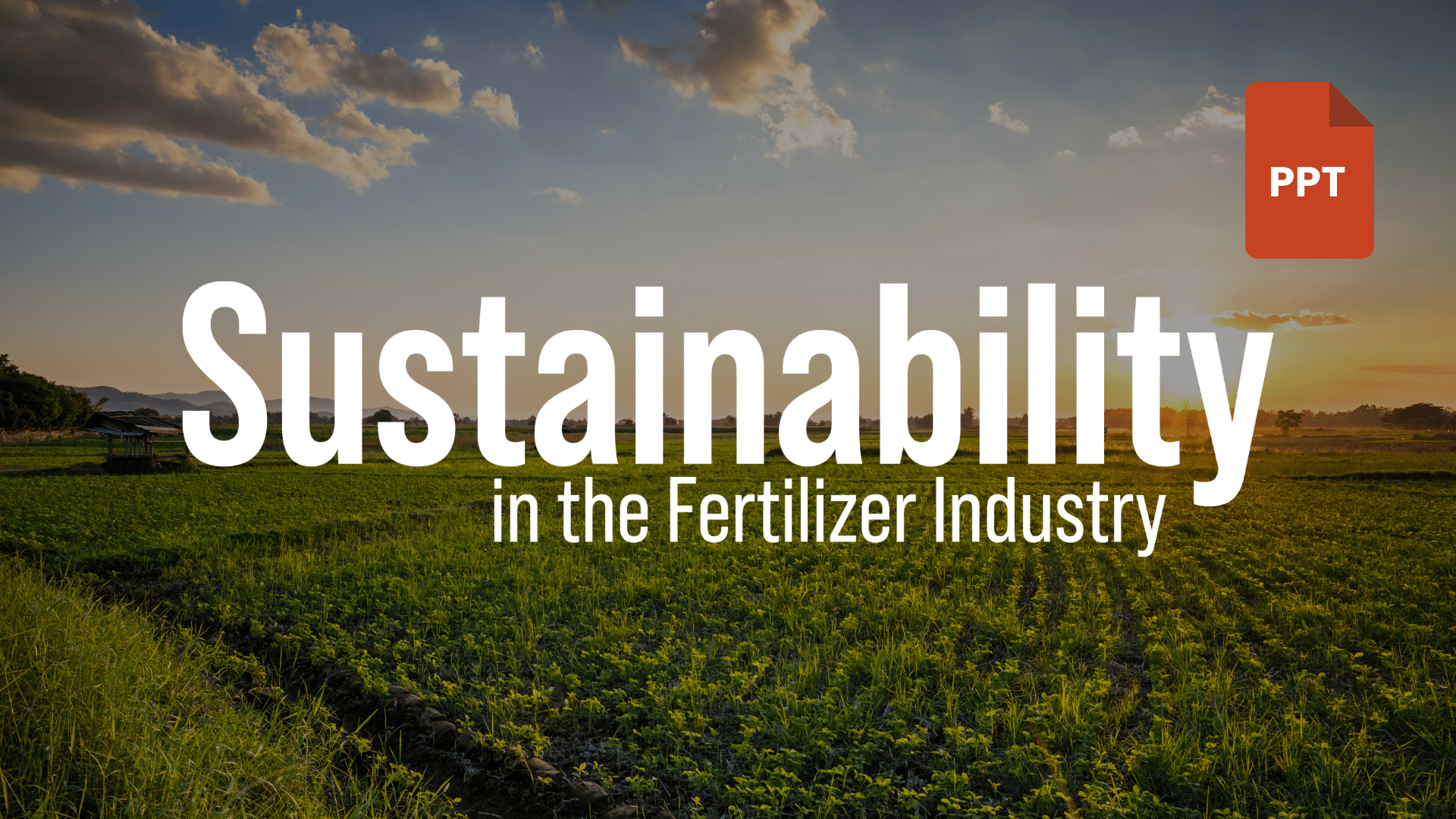OUR POSITIONS
TFI supports minimizing nitrous oxide, sulfur oxide and ammonia emissions throughout all stages of fertilizer production.
TFI supports the Clean Air Act Risk Management Program (RMP) to prevent the accidental release of anhydrous ammonia.
THE POLICIES
In response to air quality concerns at local and national levels, fertilizer manufacturers implement a number of environmental management systems to control potentially harmful emissions.
Wet scrubbers or fabric filters, along with supplemental filtering technologies, are used during bagging operations to control nitrous oxide and sulfur oxide releases. Ammonia emissions are greatly minimized by scrubber systems and gas recovery units. A range of other equipment specifically designed to reduce any other substances stemming from production is also employed.
PM2.5 National Ambient Air Quality Standard (NAAQS) Reconsideration
On February 7, 2024, EPA released the final reconsideration rule National Ambient Air Quality Standards for Particulate Matter (PM NAAQS). EPA is setting the level of the primary (health-based) annual PM2.5 standard at 9.0 micrograms per cubic meter to provide increased public health protection and only providing a 60-day effective date upon publication in the Federal Register. In 2023, TFI commented on the rule proposal through the NAAQS Regulatory, Review, and Rulemaking Coalition (NR3). In addition to comments on the proposed rule, TFI president Corey Rosenbusch joined other association leaders from across the economy in a letter to the White House outlining industry concerns with tighter standards. Industry groups are reviewing the decision and its implications, including questions relevant to legality. Federal advocacy strategies to challenge the rule through Congress are under development by the NR3 Coalition.
EPA’s Risk Management Program Rule
The Clean Air Act Risk Management Program was added in 1990 with the aim of reducing chemical handling risks. One of the chemicals defined in the amendment is anhydrous ammonia which is a basic component of most nitrogen fertilizers as well as being a fertilizer itself.
To ensure compliance, TFI worked with the EPA and the Asmark Institute to develop MyRMP, a suite of retail guidance materials to assist all businesses in meeting the regulation. Visit MyRMP to learn more.









